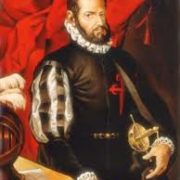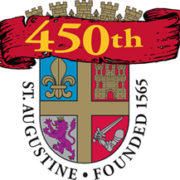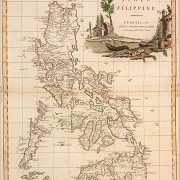Spanish and French battle in Caroline, Florida, 1565
The French and Spanish initially battled over the territory in the southern US. French Huguenots, religious followers of John Calvin, constructed a fort at Caroline, Florida, near the mouth of the St. Johns River. In the rainy dawn of September 20, 1565, Spanish officer Pedro Menendez de Aviles led an attack against the French heretics. Women and children were spared, but the men were killed as heretics. Aviles then renamed Caroline as San Mateo. The Spanish held Florida until 1819. Image of Pedro Menendez de Aviles.
Los franceses y españoles lucharon inicialmente por el territorio del sur de Estados Unidos. Los hugonotes franceses, seguidores religiosos de Juan Calvino, construyeron un fuerte cerca de Caroline, Florida, cerca de la desembocadura del río St. Johns. En el lluvioso amanecer del 20 de septiembre de 1565, el oficial español Pedro Menéndez de Avilés encabezó un ataque contra los franceses. Las mujeres y los niños se salvaron, pero los hombres fueron asesinados como herejes. Avilés luego rebautizó a Caroline como San Mateo.



